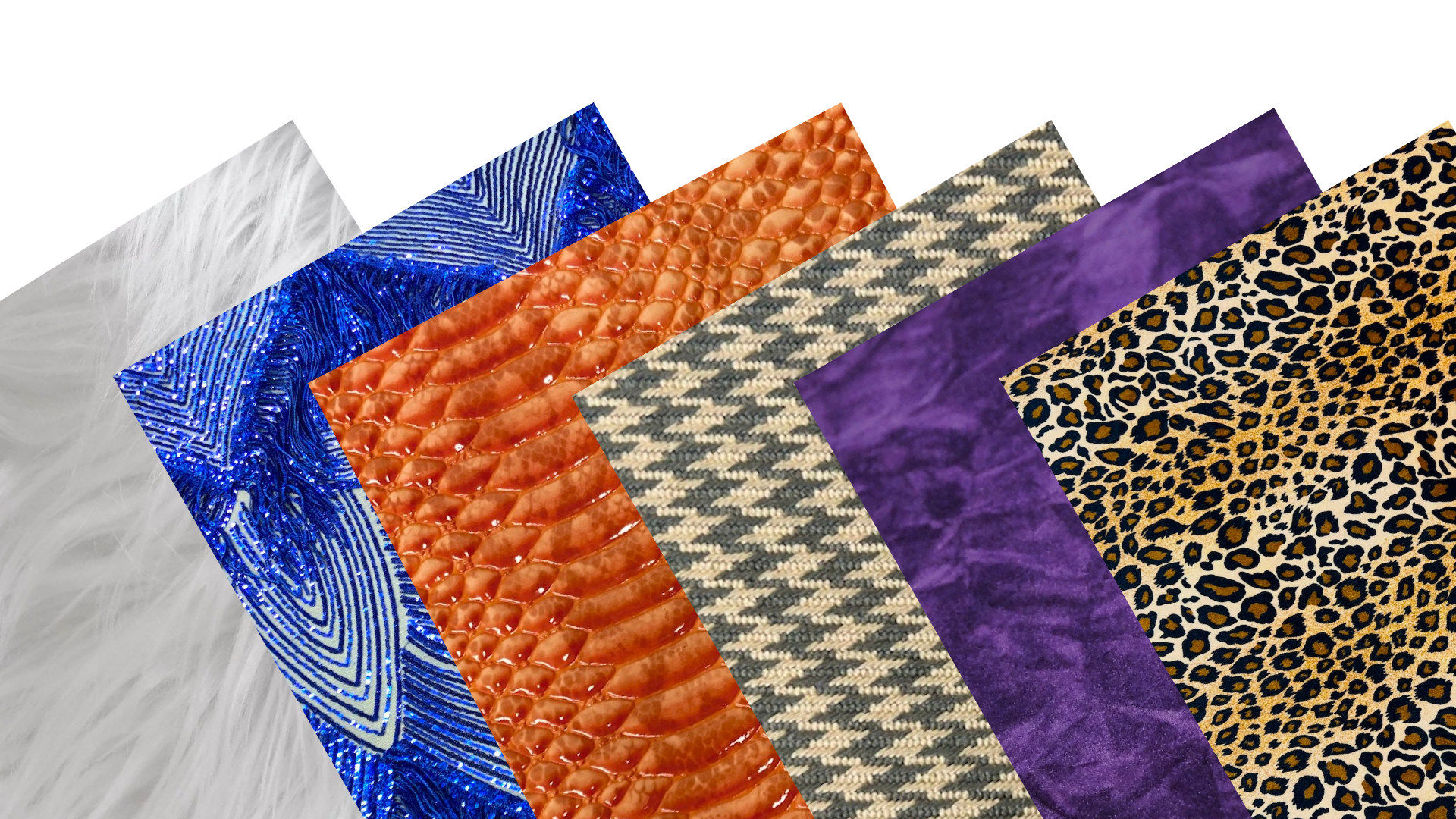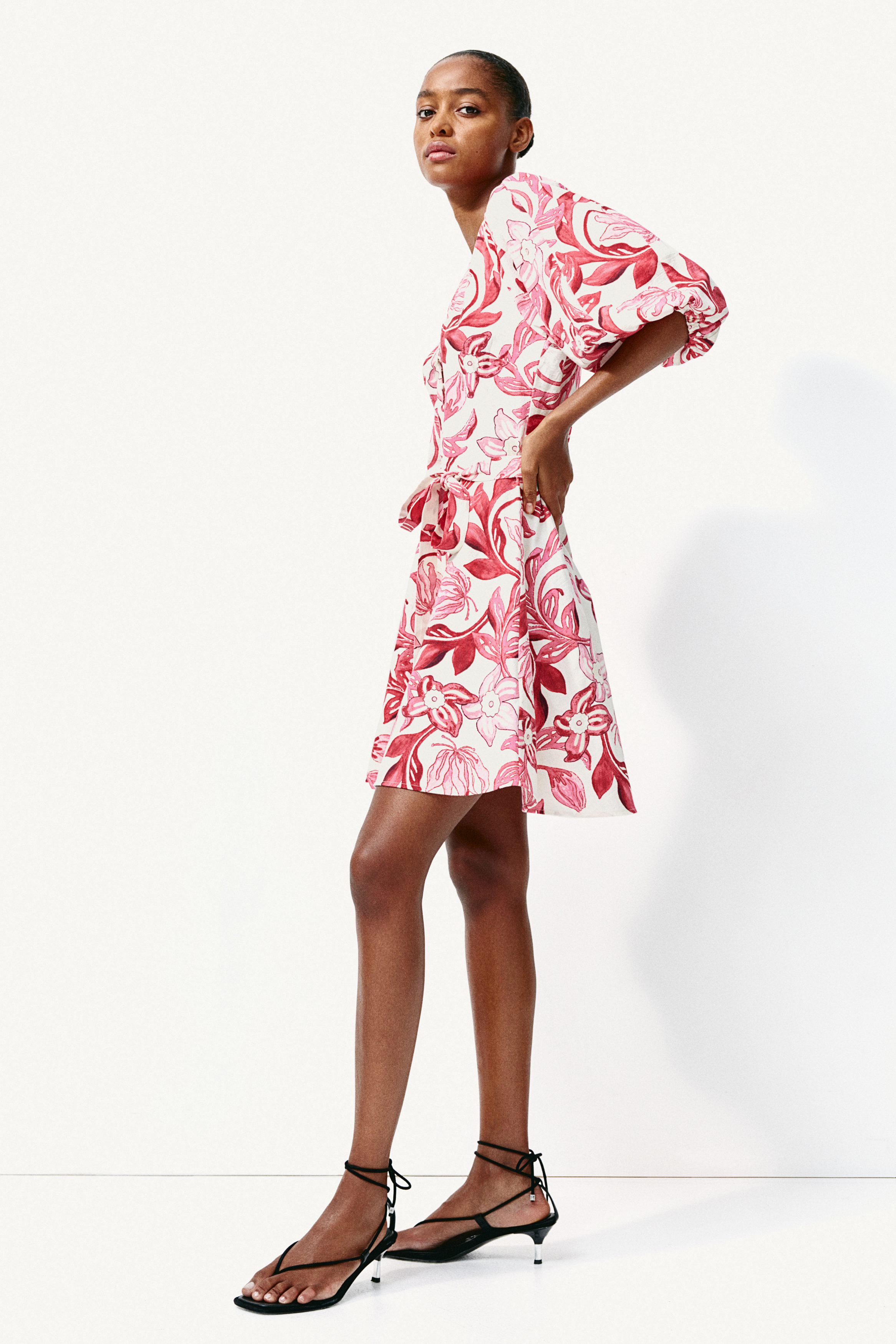The history and development of tie fabrics
The history of tie fabrics can be traced back to the 17th century, when they were first introduced to the West by the French. These fabrics, which were originally made from silk, were quickly adopted by men as a fashionable accessory to wear with their evening clothes. Over time, the material used to make ties evolved, with cotton and synthetic fibers becoming popular alternatives to silk. The design of ties also changed, with patterns and colors becoming more varied and bold. Today, ties are worn not just for fashion but also as a sign of respect and authority in some cultures. The development of tie fabrics has been influenced by fashion trends, technology advancements, and cultural changes throughout history.
The tie is a traditional piece of clothing for men, which has been popular since the 17th century. Originally, ties were made from silk, cotton, or woolen fabrics, but with the development of technology and fashion industry, more and more new materials have been applied in the production of ties. In this article, we will explore the history and development of tie fabrics in detail.
Early ties were made from natural fibers such as silk, cotton, and wool. These fabrics were chosen for their softness, comfort, and appearance. Silk ties were particularly popular in the 19th century, as they were considered to be luxurious and elegant. Cotton and woolen ties were also widely used, as they were more affordable and durable.

With the advent of synthetic fibers in the 20th century, tie fabrics began to undergo significant changes. Synthetic fibers such as nylon, polyester, and spandex offered a number of advantages over natural fibers. They were stronger, more durable, and could be produced at a lower cost. This made synthetic ties more popular among men of all ages and social classes.
Another important development in tie fabrics occurred in the late 20th century with the advent of microfiber technology. Microfiber ties were made from ultra-fine fibers that were much smaller than those used in traditional ties. These ties were lightweight yet strong, offering men a new option for comfort and style. Microfiber ties also became popular due to their ability to wick away moisture, making them ideal for use in hot or humid weather conditions.
In recent years, tie fabrics have continued to evolve to meet the demands of different lifestyles and fashion trends. For example, many men are now choosing to wear ties made from sustainable materials such as bamboo or hemp, which are not only environmentally friendly but also offer a unique aesthetic appeal. Other novelties include ties with built-in technology such as LEDs or microchips that can change color or display messages. These ties combine fashion with technology to create a new breed of wearable devices that are not just for decoration but also serve a functional purpose.

In conclusion, the history and development of tie fabrics have been closely linked to advancements in technology and fashion industry. From natural fibers to synthetic materials and microfibers, the journey of tie fabrics has been marked by innovation and creativity. Today’s men have an incredible variety of tie fabrics to choose from, each offering its own unique combination of comfort, style, and functionality.
Articles related to the knowledge points of this article::
Title: Mastering the Art of Tying a Tie: A Guide for Men to Perfect Their Tie Knots
Mastering the Art of Shirt and Tie Matching: A Revolutionary App for Style Enthusiasts
How to Store Your Ties Elegantly and Organized?
Title: Why Wearing a Red Tie Is Important and Relevant in Todays Society
Title: The Iconic Star: The Emblematic Guitarist in his Tank Top and Tie



